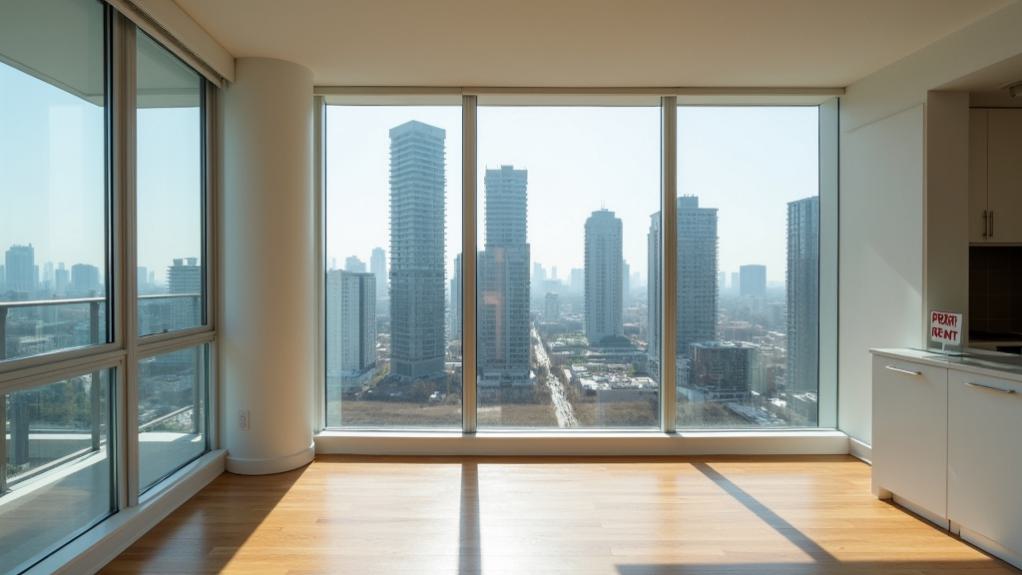The national private housing vacancy rate has escalated to 7.1% in the second quarter of 2025, marking a significant upward trajectory in unoccupied residential units across the country. This metric, which excludes executive condominiums, represents a continuation of trends observed in Q1 2025, when rental vacancies also reached 7.1%, up from 6.6% in the same period of the previous year.
The U.S. Census Bureau confirms that this figure specifically pertains to the rental housing sector, substantially exceeding the national average for total vacant properties of 1.3%-3.5% tracked by alternative methodologies. This increase indicates a year-over-year trend in rental market dynamics as reported in the Q1 2025 data.
Regional disparities persist across the country, with the South and Midwest experiencing the highest vacancy rates at 7.8% and 6.9% respectively, while the West and Northeast maintain comparatively lower rates of 5.0% and 4.0%. Many investors monitoring these trends are utilizing advanced charting tools available on platforms like Moomoo to analyze regional housing market patterns. Particularly elevated figures appear in North Dakota (10%), Tennessee (9.1%), and Texas (8.7%), reflecting state-specific market conditions and demographic shifts, including the reversal of pandemic-era urban-to-suburban migration patterns.
The primary driver behind this vacancy surge stems from the substantial influx of newly completed housing units, as construction backlogs from 2021-2023 have simultaneously entered the market. Builders, responding to previous housing shortages and rising rental rates, accelerated project deliveries precisely as elevated mortgage rates dampened homebuying activity, consequently diverting more inventory into the rental pool.
This trend contrasts sharply with the homeowner-occupied segment, which maintained a low vacancy rate of 1.1% in Q1 2025, and investor-owned properties, which reported just 1.3% vacancy across an estimated 24.8 million units.
The implications of elevated rental vacancies extend beyond property owners, potentially exerting downward pressure on rents in oversupplied markets while prompting landlords to offer concessions to attract tenants. Local governments may face reduced property tax revenues, complicating municipal budgets already strained by post-pandemic economic adjustments and population shifts occurring across numerous metropolitan regions.





